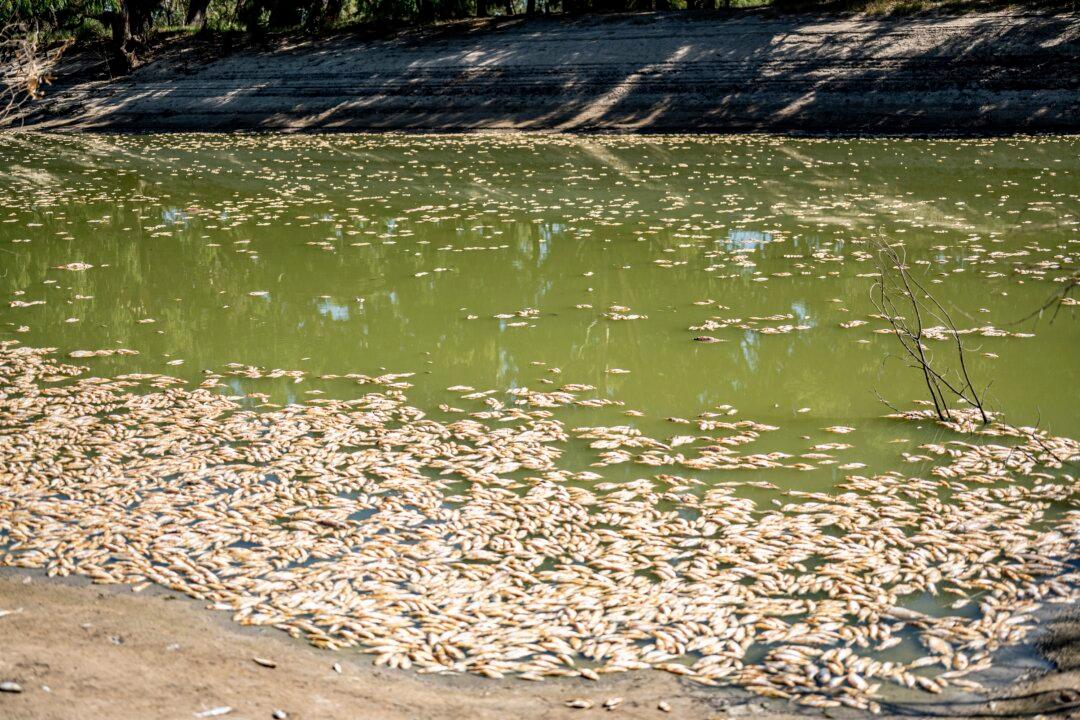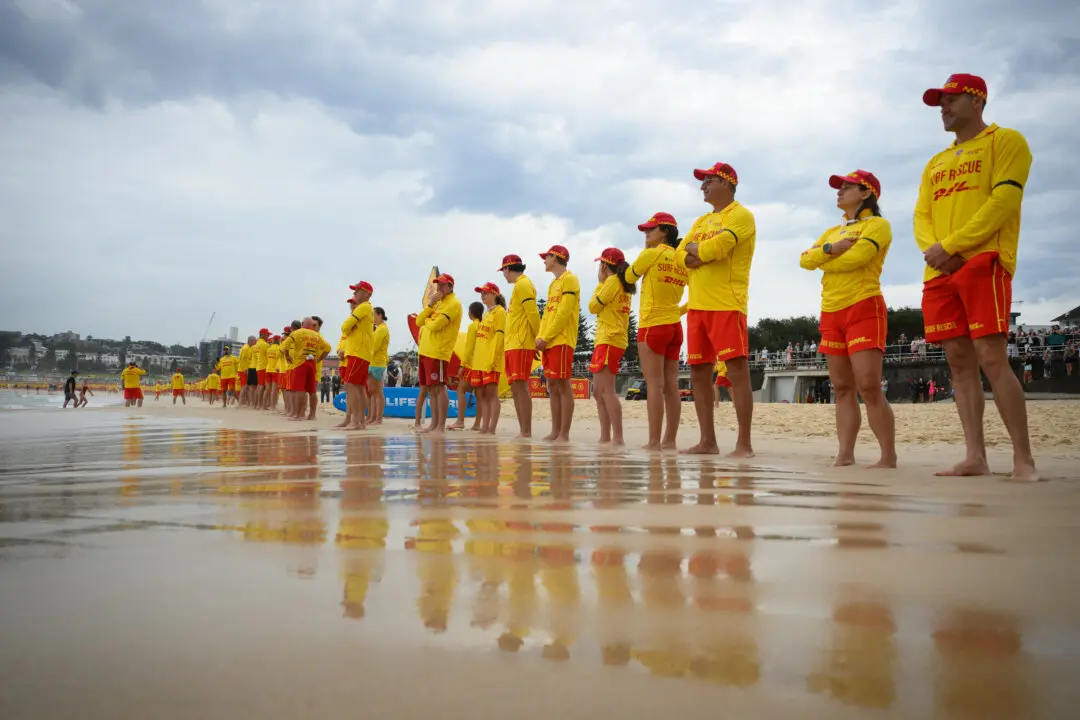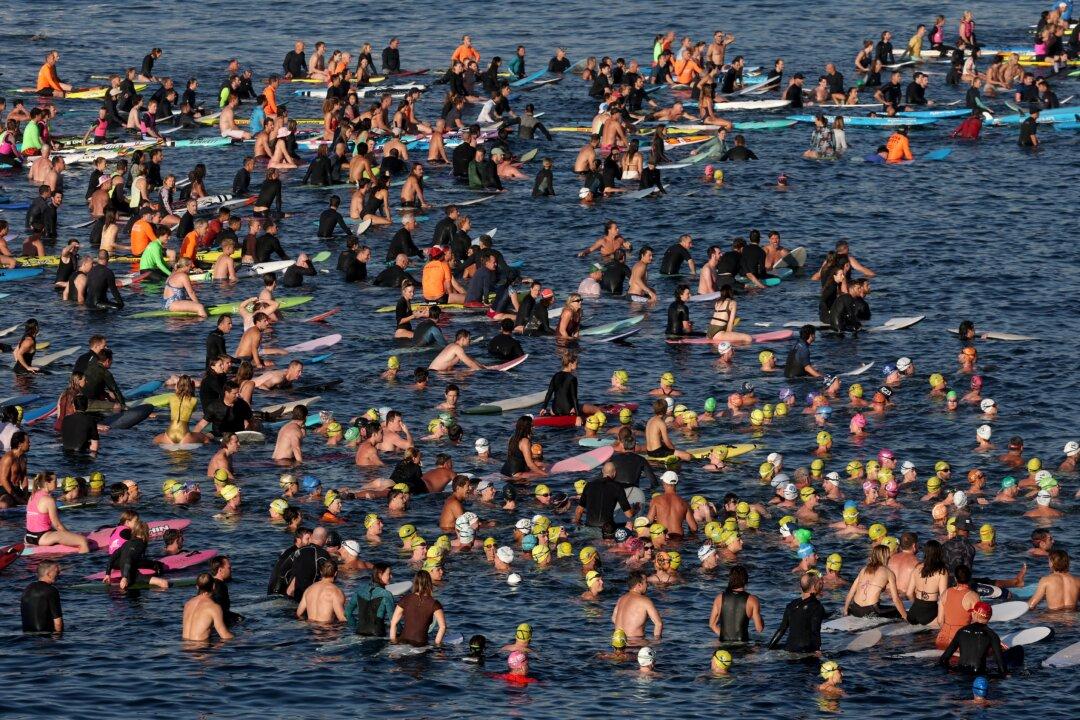The risk of another mass fish kill in the Darling River over summer is very high as works begin to avoid a repeat of the environmental catastrophe.
The New South Wales (NSW) government has begun rolling out a suite of measures following a damning report into the cause of millions of fish deaths at Menindee in March.





